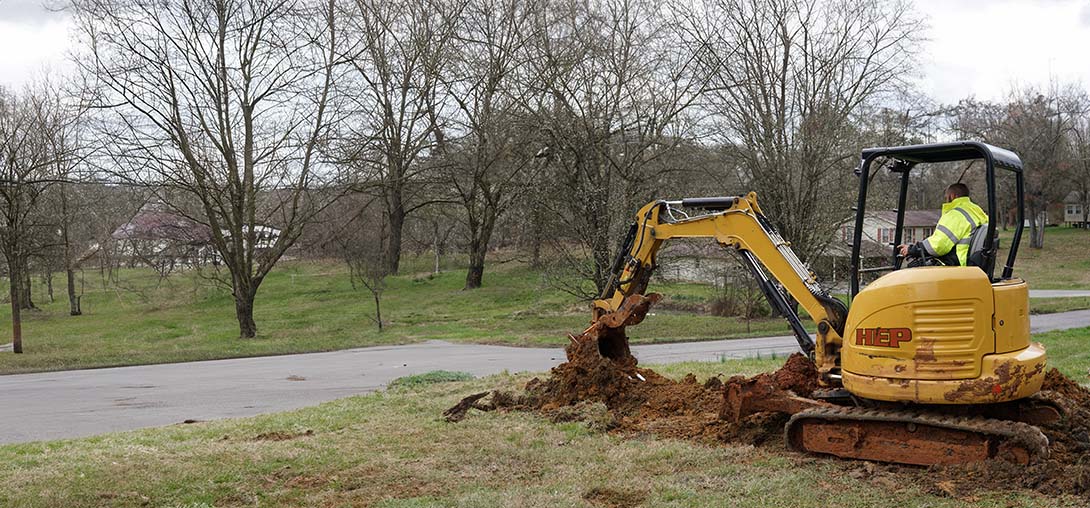- HEP
- Industry Expertise

 Industry Expertise
Industry Expertise
Industry Expertise | Main Line Issues | Plumbing | Kodak
From Kodak’s historic downtown cottages to its rapidly growing commercial hubs, HEP knows how quickly a hidden clog or cracked pipe can send daily life down the drain. Our licensed technicians specialize in diagnosing and resolving main line issues with speed, precision, and a neighborly touch that’s been our trademark for decades. We pair video-camera inspections with pressure testing to pinpoint root intrusions, bellied lines, and age-related corrosion before they become flood-level emergencies.
When you call HEP, you get more than a repair—you gain a proactive partner. We offer transparent, up-front pricing, trenchless repair options that protect your landscaping, and a workmanship guarantee backed by 24/7 local support. Whether your property sits near the Little Pigeon River or along bustling Highway 66, count on our team to keep wastewater flowing in the right direction and your routine running smoothly.
FAQs
What are the most common warning signs that my main sewer line has a problem in Kodak?
Typical red flags include multiple drains backing up at once, gurgling sounds coming from toilets or tub drains, sewage odors in the yard or basement, persistent wet spots above where the line runs, and sudden, unexplained foundation or driveway settling. Because Kodak’s water table can be high in some neighborhoods, backups sometimes appear first in floor drains or lower-level fixtures. If you notice any combination of these symptoms, schedule a camera inspection right away to keep damage to a minimum.
What usually causes main line blockages or failures in the Kodak area?
The leading culprits are tree-root intrusion, aging clay or cast-iron pipes that have cracked, grease and paper buildup, and shifting soil. Kodak’s mature trees—especially willow, maple, and sycamore—seek out the moisture around sewer joints. Older homes built before the mid-1970s often still have vitrified clay pipe, which becomes brittle over time. Seasonal freeze/thaw cycles and the area’s expansive soils can also dislodge or collapse sections of pipe.
How can I tell if the issue is in a branch drain or in the main line itself?
If only one fixture (for example, a single sink) is slow, the blockage is likely in that branch. When toilets, tubs, and floor drains on the lowest level all back up simultaneously, the main line is the likely source. A plumbing company can run a quick video camera down the clean-out to confirm where the obstruction starts. We include this diagnostic with every main-line service call so you know exactly what you’re dealing with before any repair begins.
Do you offer trenchless main line repair in Kodak, and when is it the best option?
Yes. We provide both pipe-bursting and cured-in-place pipelining (CIPP). Trenchless is ideal when the existing pipe is structurally sound enough to act as a host for a liner or when we can pull new pipe through an old path without disturbing major landscape or hardscape features. It minimizes yard damage and can usually be completed in a single day. However, if the pipe has fully collapsed or heavy root balls have destroyed its shape, an open-cut replacement may still be required. Our technicians explain all viable methods after reviewing your camera footage.
What does main line repair or replacement typically cost in Kodak?
Prices depend on pipe depth, length, material, and access. Minor root removal with hydro-jetting and a spot repair may run $350–$800. Full trenchless relining averages $75–$125 per linear foot, so a 50-foot section could be $3,750–$6,250. Traditional open-trench replacement can be less per foot ($50–$90) but often requires extra costs for concrete or landscaping restoration. We provide written, flat-rate estimates before work starts and can help with financing or homeowners-insurance documentation when applicable.
What preventive maintenance can I do to avoid future main line problems?
Have your line professionally jetted and camera-inspected every 18–24 months, especially if you have large trees. Avoid flushing wipes, feminine products, or heavy paper towels—even if the package says “flushable.” Pour kitchen grease into a sealed container instead of the sink. Consider installing a backwater valve if your home sits lower than the street’s sewer main. Finally, keep root-inhibiting chemicals or foams on a regular schedule if we’ve identified moderate root intrusion but the pipe is otherwise sound.